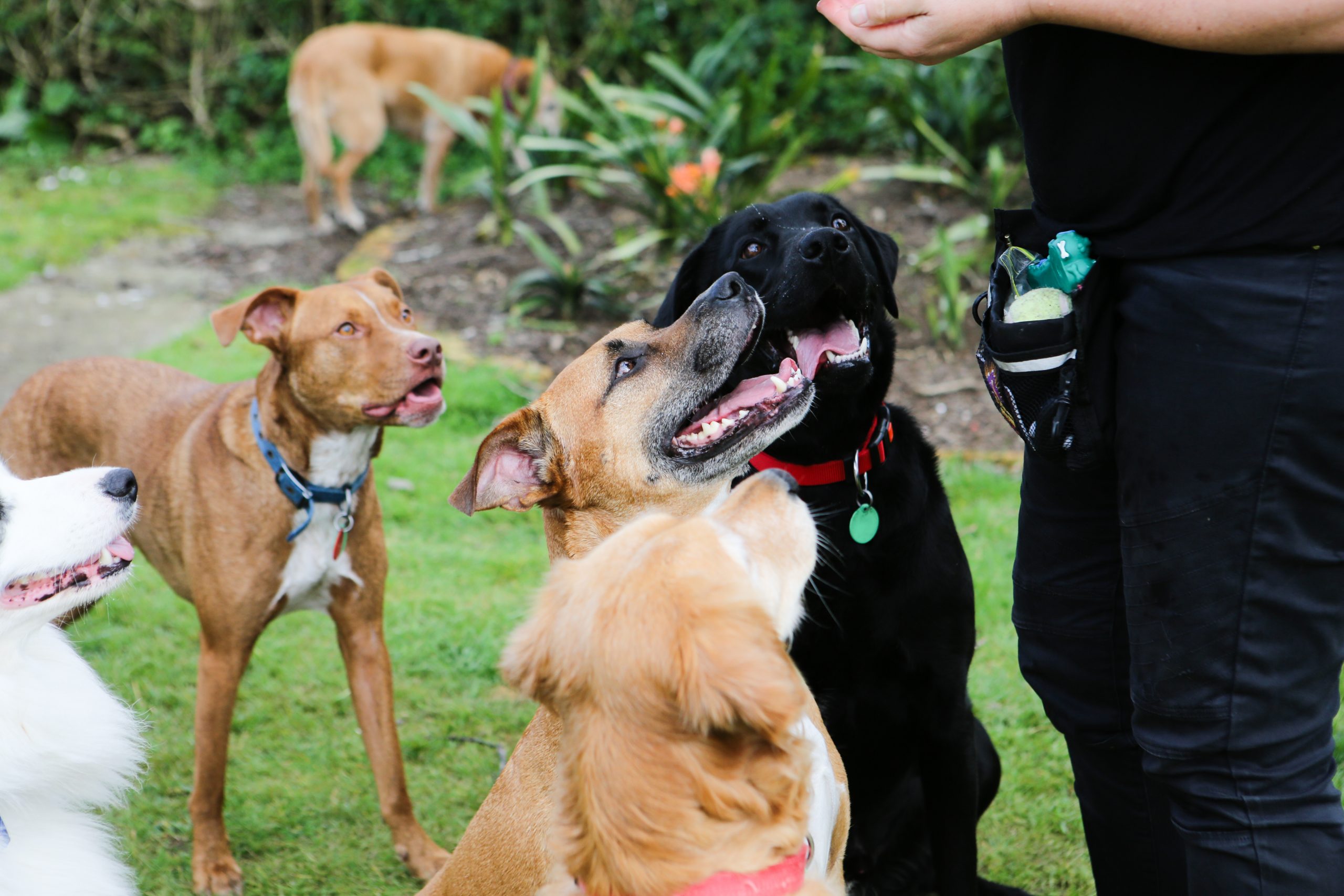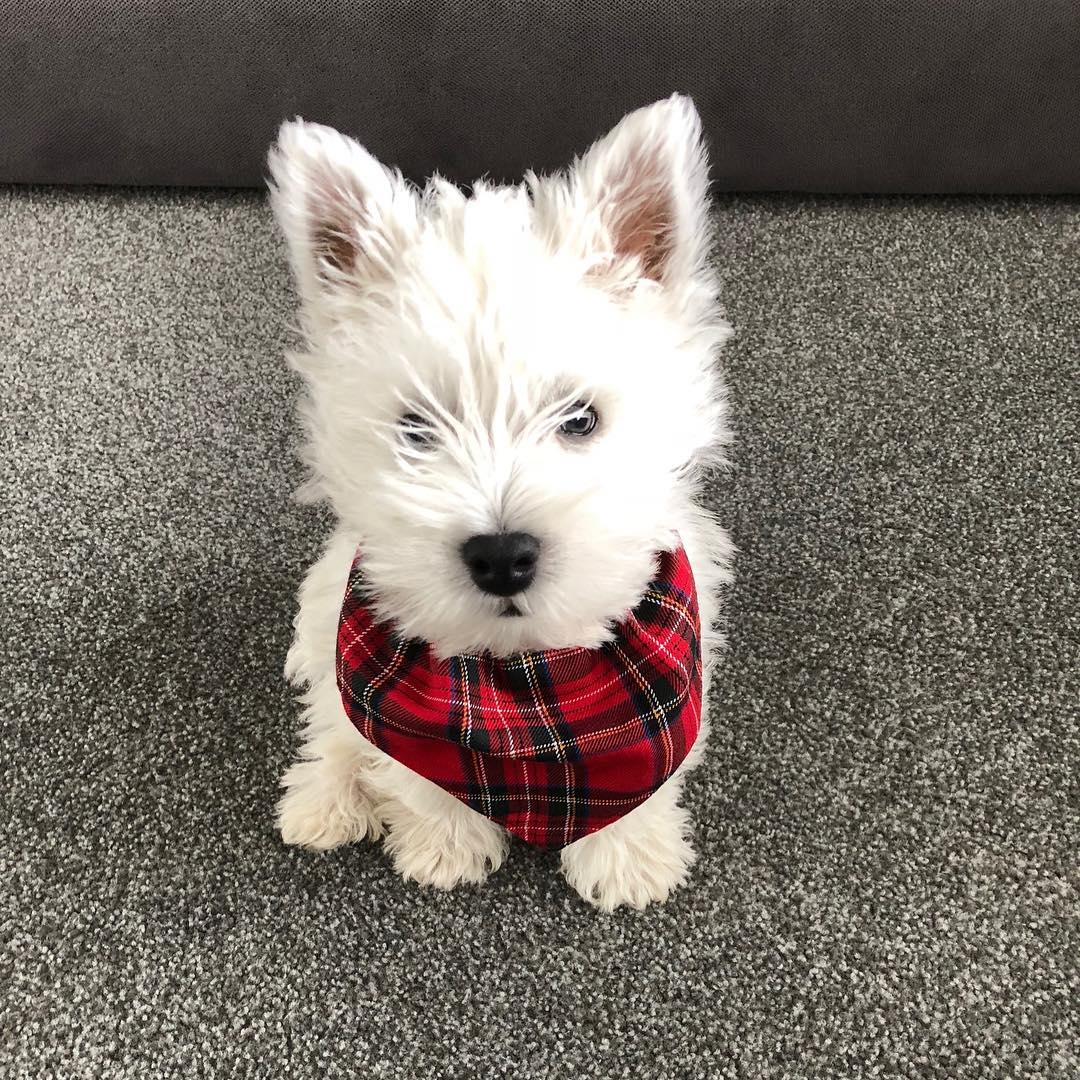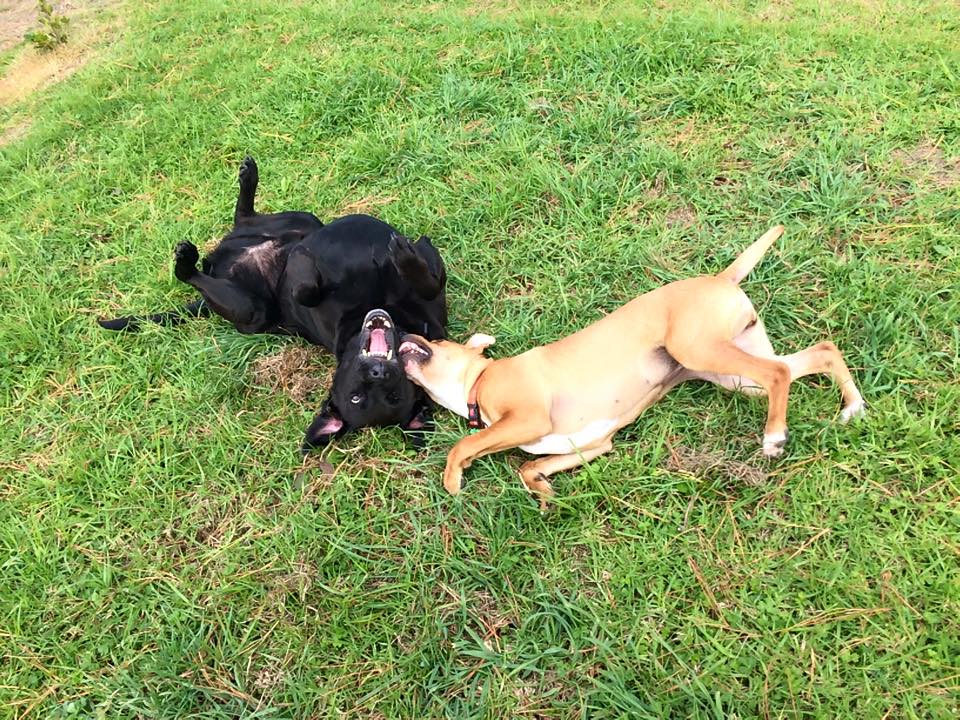
Foundations of Training – The DOGspeak Series
Training your dog is one of the very few areas where Google isn’t your friend. Type in “Dog Training” and you get bombarded with thousands of links on how to, and how not to, train your dog. Its confusing and very overwhelming.
Along with this, there’s a pretty high chance the trainers at the top are only there as they’re the ones with the most savvy SEO engineers or budget for advertising and promotion. There’s no rhyme or reason in regards to the quality of the supposed professional you’re even looking at. So you end up grabbing any link and trying to do your best with what you’ve read. When all you’re trying to do is get help to train your dog, this isn’t doing much to support that.
Online Facebook communities are much the same. The audience is arguably more inline with your queries but again there’s no guarantee that who you’re talking to knows what they’re talking about. So, what do you do? How do you train your dog?
When looking for a trainer I always recommend asking these three questions:
– what are your qualifications (and then check them out)
– what happens if my dog gets something right
– what happens if my dog does something wrong
If it doesn’t feel right, walk out the door…
Nothing beats a well run dog training class promoting positive and reward based fundamentals. You get to meet like minded people, share similar puppy and dog ‘milestones’, ‘challenges’, ‘goals and you get a qualified professional guiding the way. Together you will learn each other’s body language and enhance the bond to start to create a great training connection.
The good news is that with a bit of knowledge you can also train the basics from home.
WHEN TO START AND HOW LONG SHOULD IT TAKE?
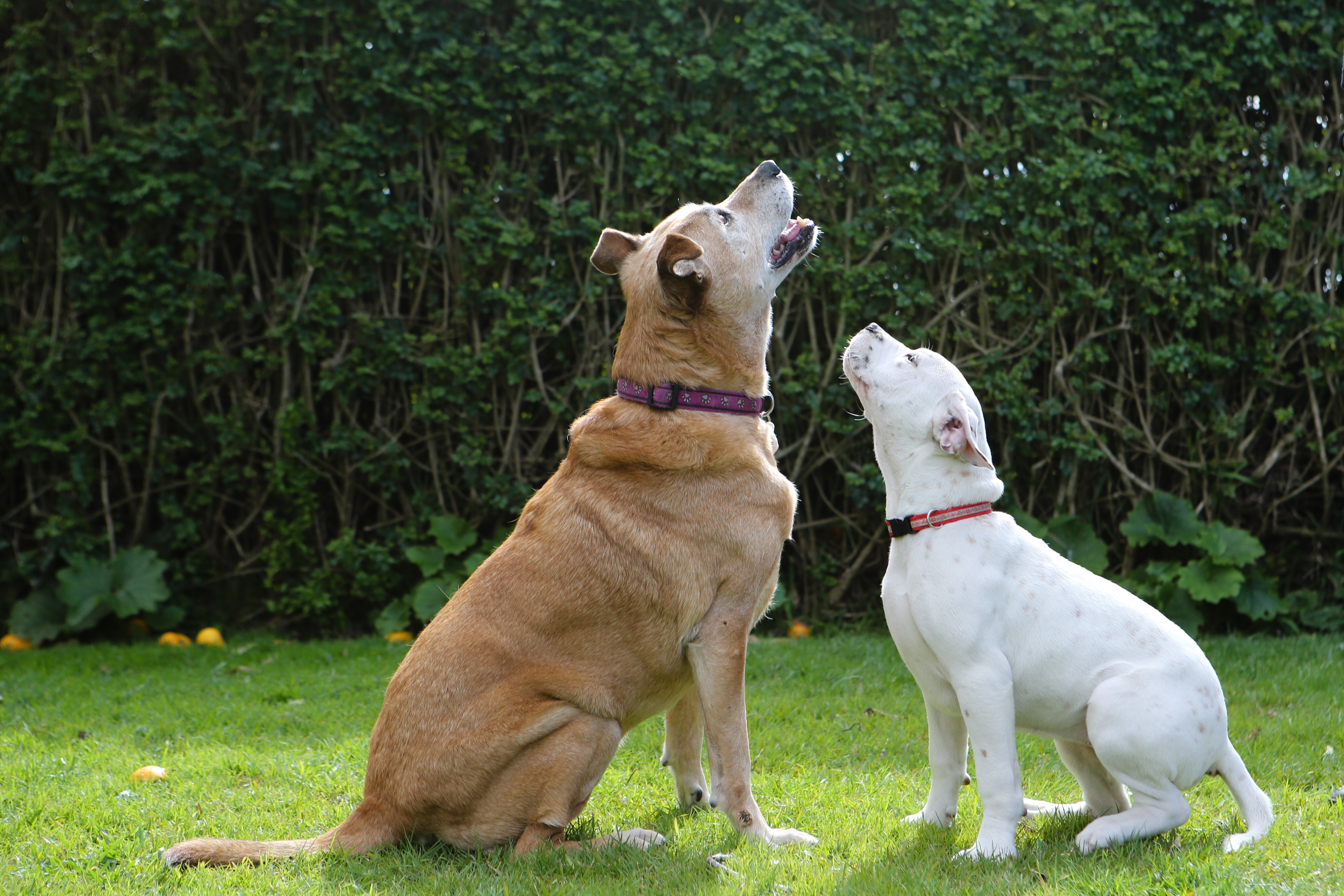
Training starts when your new dog walks into your life. From that moment on your dog will be learning your signals, reading your body language, building a bond and looking to you for direction. It’s also an ongoing process…the more you put into it…the more you get out and the more you will both feel rewarded.
THE KEY TO DOG TRAINING
Essentially training fits into four categories:
Planning
Think about what you want to train, what your goals are, how you will know when you’ve achieved it. Build a plan before you even start. Then break your sessions down into short manageable chunks. Don’t do too much, expect too much or worry if it doesn’t work the first time.
Consistency and Frequency
Consistency and frequency breeds reliance and stability. The more consistent we are and the more frequent the reinforcement, the more dependable and fun you will be to Fido. Repetition evolves into learned patterns so if Fido trusts that each time they present a behaviour it gets rewarded then they will repeat the behaviour. Its Science but not rocket science.
Value
The reward will determine how fast the dog learns. It has to be something the dog wants otherwise what motivation do they have to perform. I know that I’d definitely work a lot harder for chocolate than crackers!
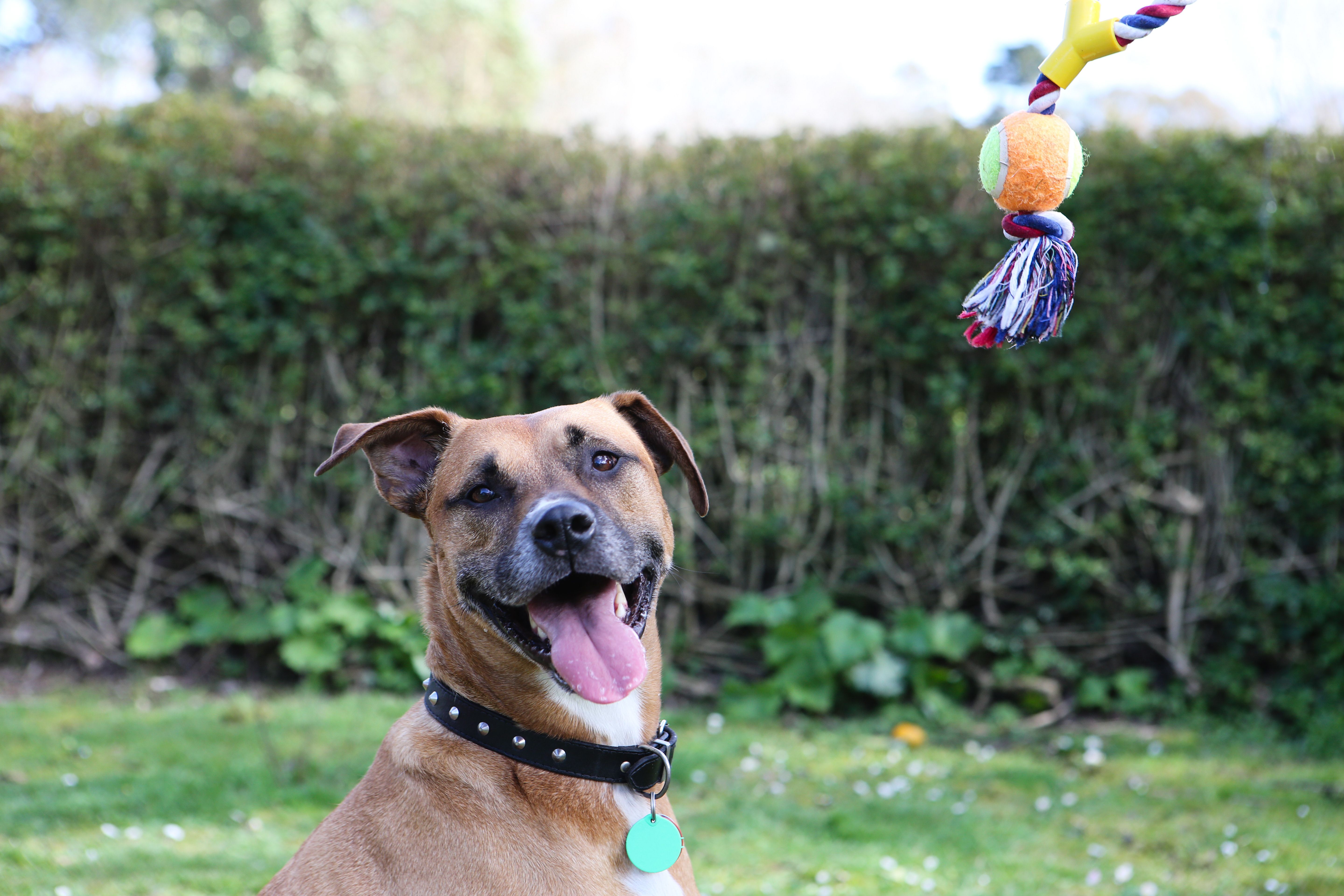
Don’t forget a wee side of Environmental Management
Imagine you’re being taught how to do a cartwheel. You turn up and your teacher tells you that you’re going to be learning in a shopping mall on a Saturday morning, its raining and you haven’t worn lycra for 30 years!!
That feeling you’re feeling right now, that’s how a dog feels when its taken to a busy, noisy park to learn its first trick…there’s just WAY too much going on to be able to concentrate properly let alone learn.
So start your cartwheel (and dog) training in the home, in environments where its safe, quiet and familiar and THEN as training progresses (upwards) increase the stimuli in the environment. In no time you’ll be flaunting the lycra and cartwheeling all over the food courts 😉
But is it really that easy?
It can be. Dogs repeat what works right? So by setting ourselves up right that translates to our dogs and we inadvertently set them up for success by being a positive, consistent trainer.
If Fido isn’t responding, take a step back and do something they do know. Move forward in small steps rewarding each desired behaviour and not forgetting you too. That way you’ll look forward to your sessions, and your dog will too.
Last but not least, training should be fun! Its a time for you and your dog to bond, engage and enjoy the sessions. A time to achieve together and reach the targets you’ve set with confidence, consideration and consistent models of positive reinforcement.
WHAT SHOULD I TEACH
There’s no law book around what to teach your dog. Get crazy, wild and creative but it is recommended to teach some foundation behaviours along the way. Along with the standard ‘sit’, ‘down’, ‘shake hands’ and ‘give’ here are some important safety commands you can teach your dog.
Recall
To have a dog with good recall is to have a safe dog. Anytime you need to for his, her or your safety you can call your dog back to you.
Stay
Along with being helpful at the café, a good stay will help make dog ownership a breeze.
Focus and Leave it
Learning to leave things that may be dangerous or something you’re just not sure about, and to refocus on you, is a good skill for any dog. This can be applied to dogs, cats, other animals, poisonous substances, plants. It also helps with impulse control and reinforces the guidance you give your dog.
Stop
Stop means whatever you are doing stop and wait for me, a necessary emergency command.
So don’t be shy, trust you can do it, get out there, have fun and train your Fido!

